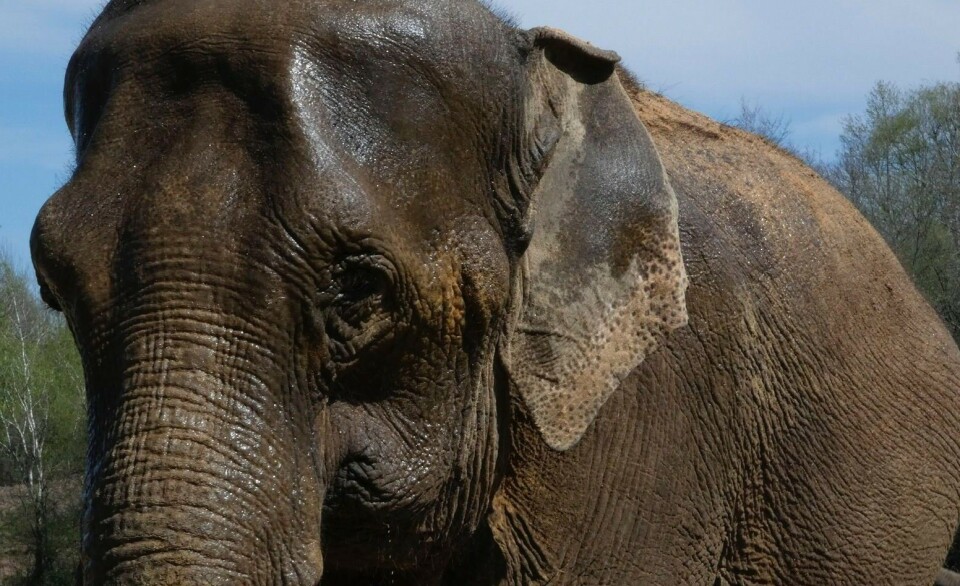-
French honey production almost double that of last year
South-east saw lower yields after being affected by summer heatwaves despite good news elsewhere
-
Dog owner finds innovative technique in France to help traumatised rescue dog
How the Trust Technique helped one Connexion reader bond with her pet
-
New anti-mosquito operation in Dordogne: What residents must do
Close to 100 cases of chikungunya have been recorded in department
Foxes are intelligent and adaptable
Foxes may be regarded as pests, but are a valuable link in the biodiversity chain and deserve protection, says wild animal charity Aspas, which has a fox as its logo.

Every year across France, between 600,000 and a million foxes are killed by official hunts, night shoots, traps, and smoke to kill them in their dens.
There is no maximum quota, and Aspas says this decimation of the fox population is indefensible.
Foxes are useful in keeping wild populations of small mammals such as rabbits and mice under control. They catch the oldest and the slowest, keeping wildlife healthy. They also contribute to rural hygiene as they scavenge and will eat carrion abandoned by other animals.
They do not have any sort of negative effect on their surroundings – which is why Aspas lobbies for them to be removed from the lists of vermin, which can be hunted and killed all year round.
Intelligent, adaptable opportunists, foxes will build their dens either underground, or above ground if they find a cosy hollow. They live in small family groups and mate in spring.
Once the young are born, the male will often help out by bringing the female food for the family.
Sometimes the vixen is also helped to raise her cubs by a non-breeding sister or a daughter from a previous litter, who will then go on to breed herself the following year.
The cubs emerge from their dens at about a month old, but many meet their deaths on the roads. Others are caught by dogs and badgers, or die from cold or starvation.
An interesting fact about foxes is that they have whiskers on their back legs as well as around their mouths, and this makes them especially sure-footed.
Mainly nocturnal, their eyes are adapted for night-sight so they can see twice as well as humans in the dark.
Foxes often live in close proximity to humans, enjoying the shelter of their warm outbuildings as well as the contents of their bins. Supremely successful foragers and hunters, foxes are disliked for their habit of raiding chicken coops, and often killing far more fowl than they can actually eat or carry away.
However, if chickens are inaccessible, foxes will happily eat almost anything else, including insects, reptiles, birds, eggs and even some plants.
Foxes hide food for later, usually under leaves, snow or earth.
For more on Aspas, the national charity protecting wild animals, or to join and receive a free copy of its magazine, Goupil, visit: www.aspas-nature.org; call: 04 75 25 10 00 or write to: ASPAS, BP 505 – 26401 CREST CEDEX
























